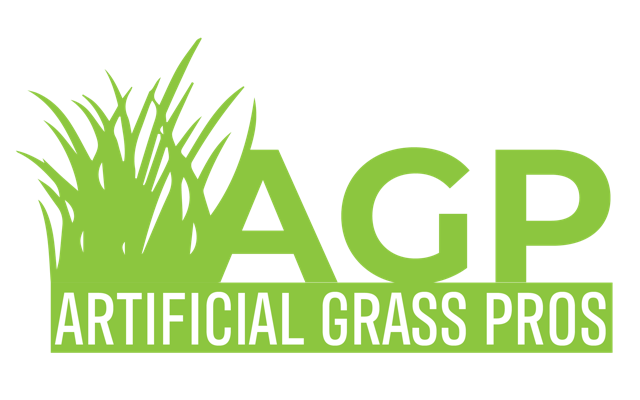Before you begin the Synthetic Turf Installation process, you should make sure the area where the turf will be installed is level and free of debris. Cut the turf along the perimeter to ensure that there is at least an eighth-inch gap between the sides of the turf. Then, use a drop spreader to evenly distribute the infill. If the area will be used for a sporting facility, use rubber pellets for the infill. For residential applications, use sand.
The final step of synthetic turf installation is the infill. This material is filtered down into the turf to improve its look and feel. In the past, crumb rubber infill had issues, but today, this is completely safe, thanks to ceramic-coated sand. Make sure to choose a turf installer that offers a guarantee for their work. Here are a few tips for avoiding costly mistakes:
Measure the area before installing the synthetic turf. You should order enough turf for the entire job, as synthetic turf is made in batches. Remember that the synthetic turf you order is typically produced in rolls 12 or 15 feet wide. Therefore, it is best to break the installation area into twelve or fifteen-foot-wide sections, and then add their lengths. Next, lay out the synthetic turf flat in the sun to get a sense of how much it weighs and how easy it will be to install.
To install the turf, you must first survey the area, and clear any debris that might prevent proper installation. You need to create a level walkway, a smooth surface, and defined edges. Then, fill the excavated area with a layer of class-two road base. Use a vibratory plate compactor to compact the base, leaving a 3/4-inch gap between the base and hardscape edge. Finally, secure the turf with landscaping staples at every three to four feet.
Before installing the synthetic turf, you must ensure that the area is level and properly drained. You should also make sure to buy the necessary tools for the job. For instance, you can purchase a 13-foot-wide roll, and then cut and seam the turf. When seaming the turf, remember to keep in mind the direction of the grain. The grass blades are typically leaning downward, so you should pay attention to the grain direction when installing the turf.
Once the base rock is level, you can start applying the infill. A yard of infill covers 80 square feet of soil. If the soil underneath the turf is “alive” or has weeds, it is best to lay a layer of decomposed granite. Use a vibrating plate compactor to compact the base area to ninety-five percent of its original depth. If the base surface is uneven, a slight grade will improve drainage.
After the seaming process is complete, you can place nails along the seams of the turf. You should be sure that the nails are spaced a few inches apart. To ensure that the seam tape adheres properly to the turf, you can also use a piece of Jiffy Seal to cover the seams. Make sure that the seam tape adheres to the turf and is not loose, while applying the adhesive, you must follow the grain direction of the turf. Contact us with further information on Synthetic Turf installation in Fort Lauderdale.
Look at our other blogs for more info!

Recent Comments